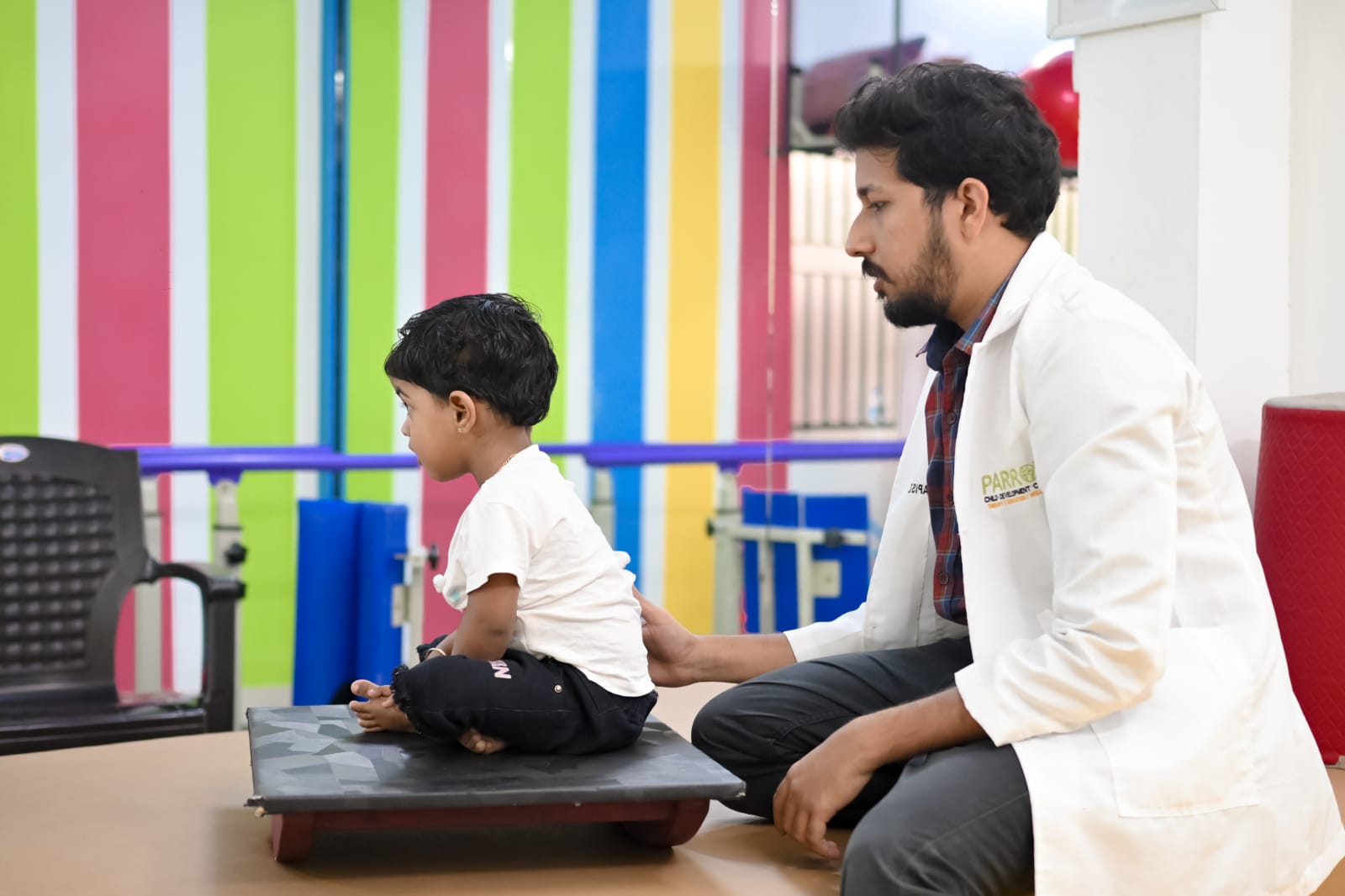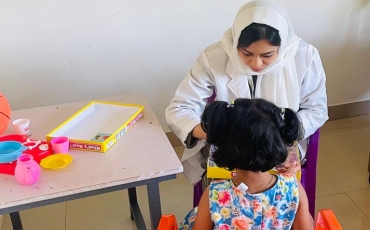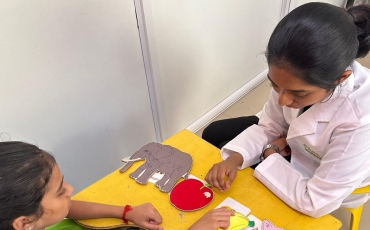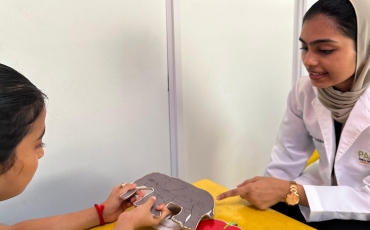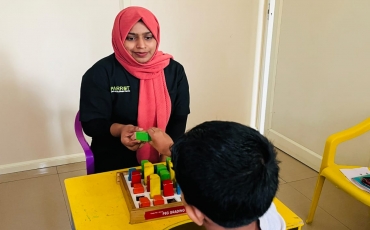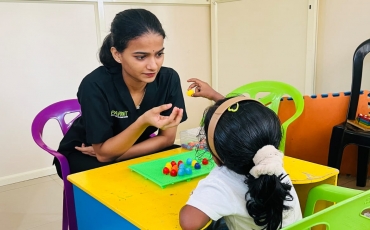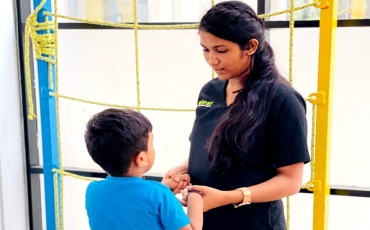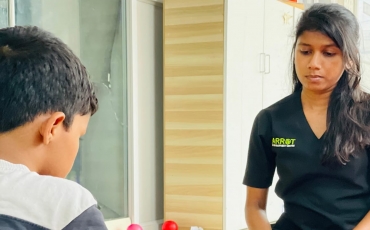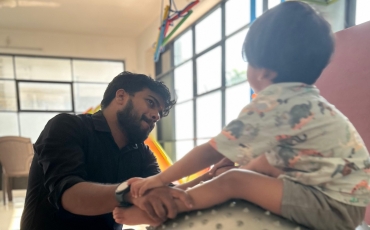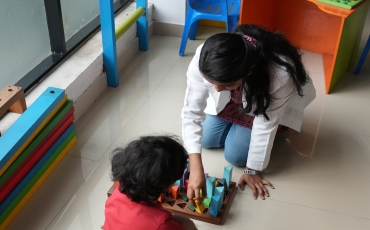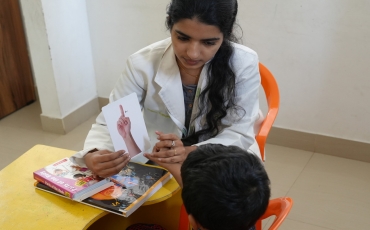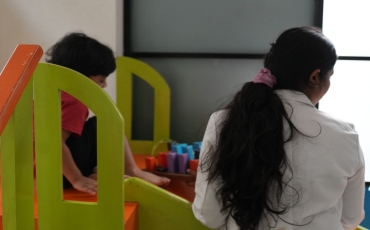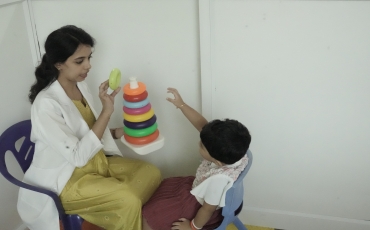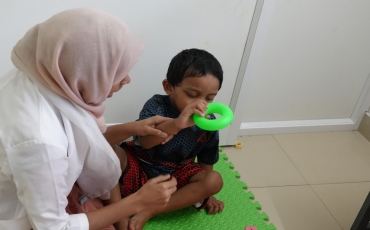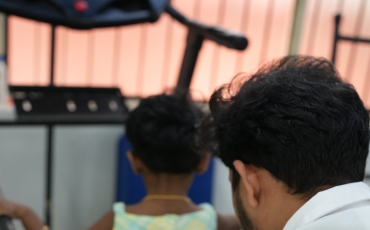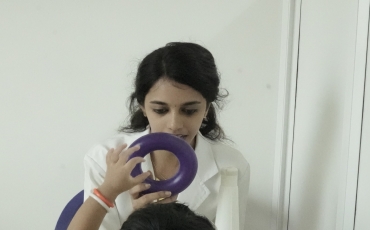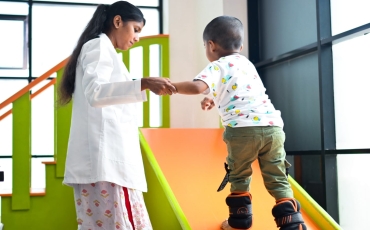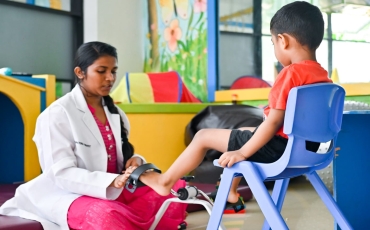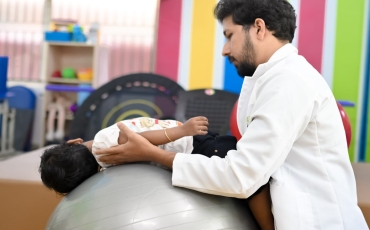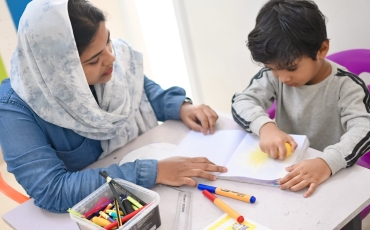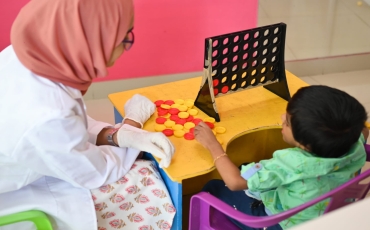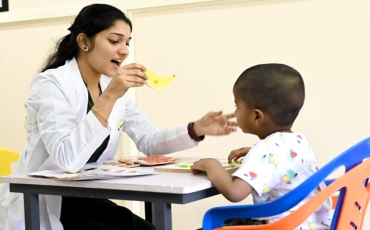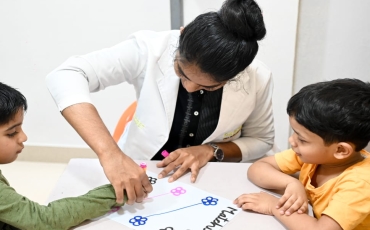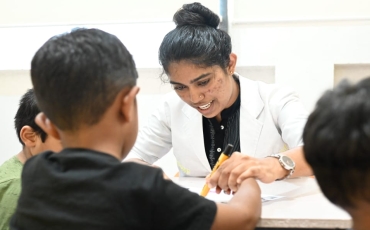Erbs Palsy And The Role Of Paediatric Physiotherapy
Erb's Palsy, also known as Brachial Plexus Birth Palsy, is a condition characterized by the damage or injury to the brachial plexus nerves during birth. This injury often leads to weakness or paralysis in the affected arm.
Pediatric physiotherapy plays a crucial role in the management and rehabilitation of children with Erb's Palsy, aiming to promote healing and enhance overall functional outcomes.
Newest best copy watches are in stock. You can possess luxury rolex fake watches uk with less money.
Waterproof fake breitling uk online are available.
2024 Best Swiss made Cheap Replica Watches are of high quality. Wish you find your perfect replica watches here.
Benefits and techniques employed in pediatric physiotherapy for Erb's Palsy:
1. Early Intervention and Assessment:
Pediatric physiotherapy for Erb's Palsy begins with an early assessment to determine the extent and severity of nerve damage. The physiotherapist will evaluate the child's range of motion, muscle strength, and overall physical development. This assessment helps in creating an individualized treatment plan that addresses the specific needs of the child.
2. Passive Range of Motion Exercises:
Passive range of motion exercises involves gentle movements of the affected arm by the physiotherapist. These exercises aim to prevent stiffness and joint contractures while promoting blood circulation and tissue healing. The physiotherapist may also incorporate gentle stretching techniques to increase flexibility.
3. Active Range of Motion Exercises:
As the child progresses, active range of motion exercises are introduced. These exercises encourage the child to actively move their affected arm, improving muscle strength, coordination, and motor control. Various activities, such as reaching, grasping objects, and playing interactive games, may be incorporated to make therapy sessions engaging and fun.
4. Strengthening Exercises:
Once range of motion is restored, the focus shifts to strengthening exercises. The physiotherapist will guide the child through a series of exercises targeting specific muscle groups in the affected arm. These exercises may involve the use of resistance bands, weights, or specialized equipment to enhance muscle strength and promote functional independence.
5. Sensory Stimulation and Integration:
Pediatric physiotherapy for Erb's Palsy may also involve sensory stimulation techniques. By using tactile, proprioceptive, and visual cues, the therapist helps the child improve sensory integration and body awareness. Sensory-based activities and games can aid in developing coordination and spatial awareness.
6. Functional Training:
Functional training aims to enable the child to perform daily activities with greater independence. Physiotherapists along with occupational therapists will focus on tasks relevant to the child's age and specific needs, such as dressing, feeding, and handwriting. By practicing these activities, the child gains confidence and improves their overall functionality.
7. Parent/Caregiver Education:
Pediatric physiotherapy for Erb's Palsy involves active participation from parents or caregivers. The physiotherapist educates them on exercises and techniques that can be performed at home to reinforce progress between therapy sessions. Home programs are vital in maximizing the benefits of physiotherapy and ensuring long-term gains.
Pediatric physiotherapy plays a critical role in the comprehensive management of Erb's Palsy, helping children regain function and reach their full potential. Through a combination of early intervention, therapeutic exercises, sensory integration, and functional training, pediatric physiotherapy promotes healing, improves range of motion, enhances muscle strength, and enhances overall quality of life for children with Erb's Palsy. Working closely with a skilled physiotherapist and maintaining consistent therapy sessions, children with Erb's Palsy can experience significant improvements and lead active, independent lives.

